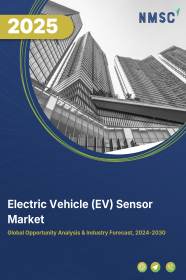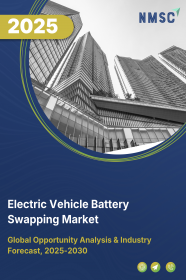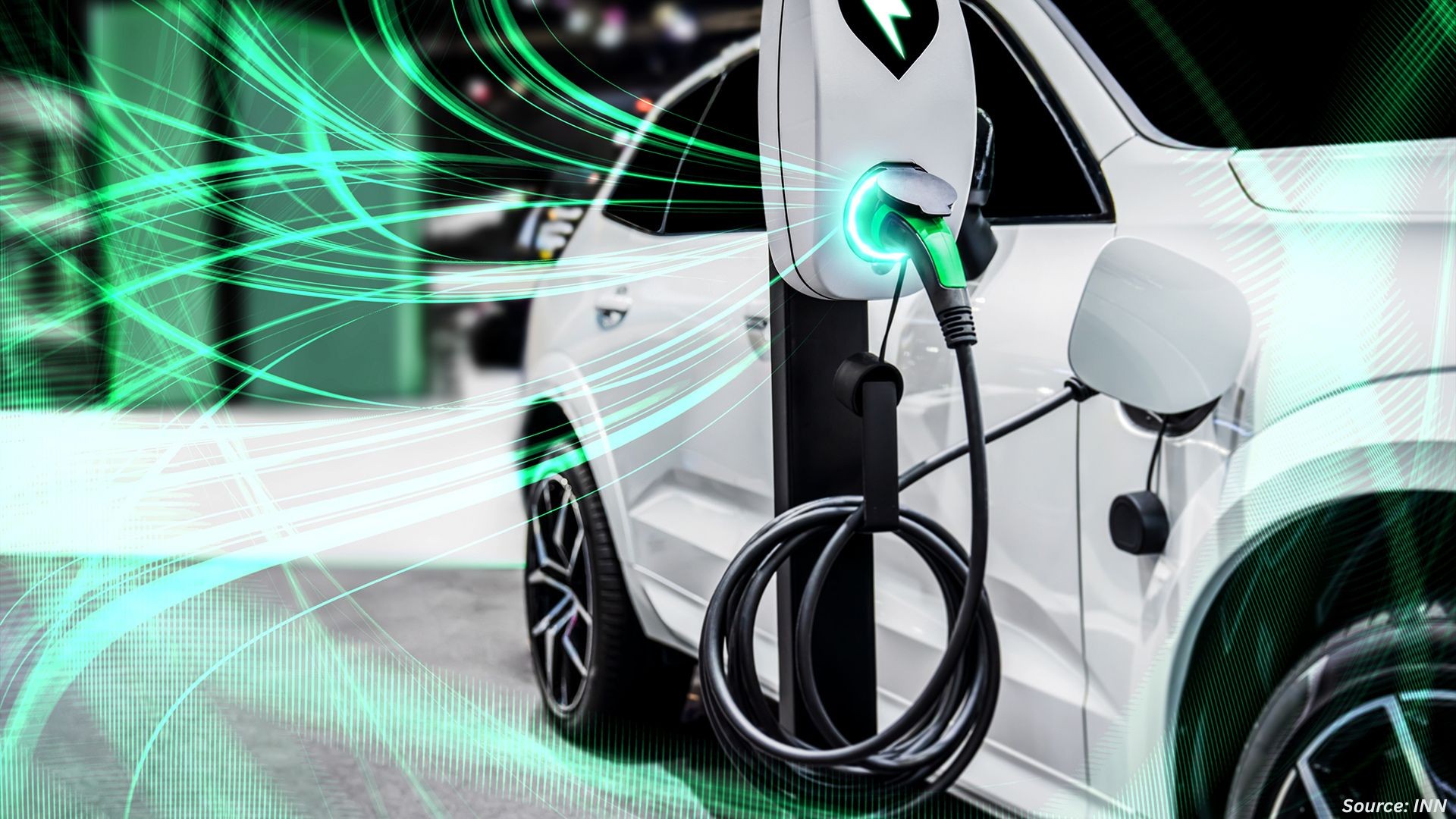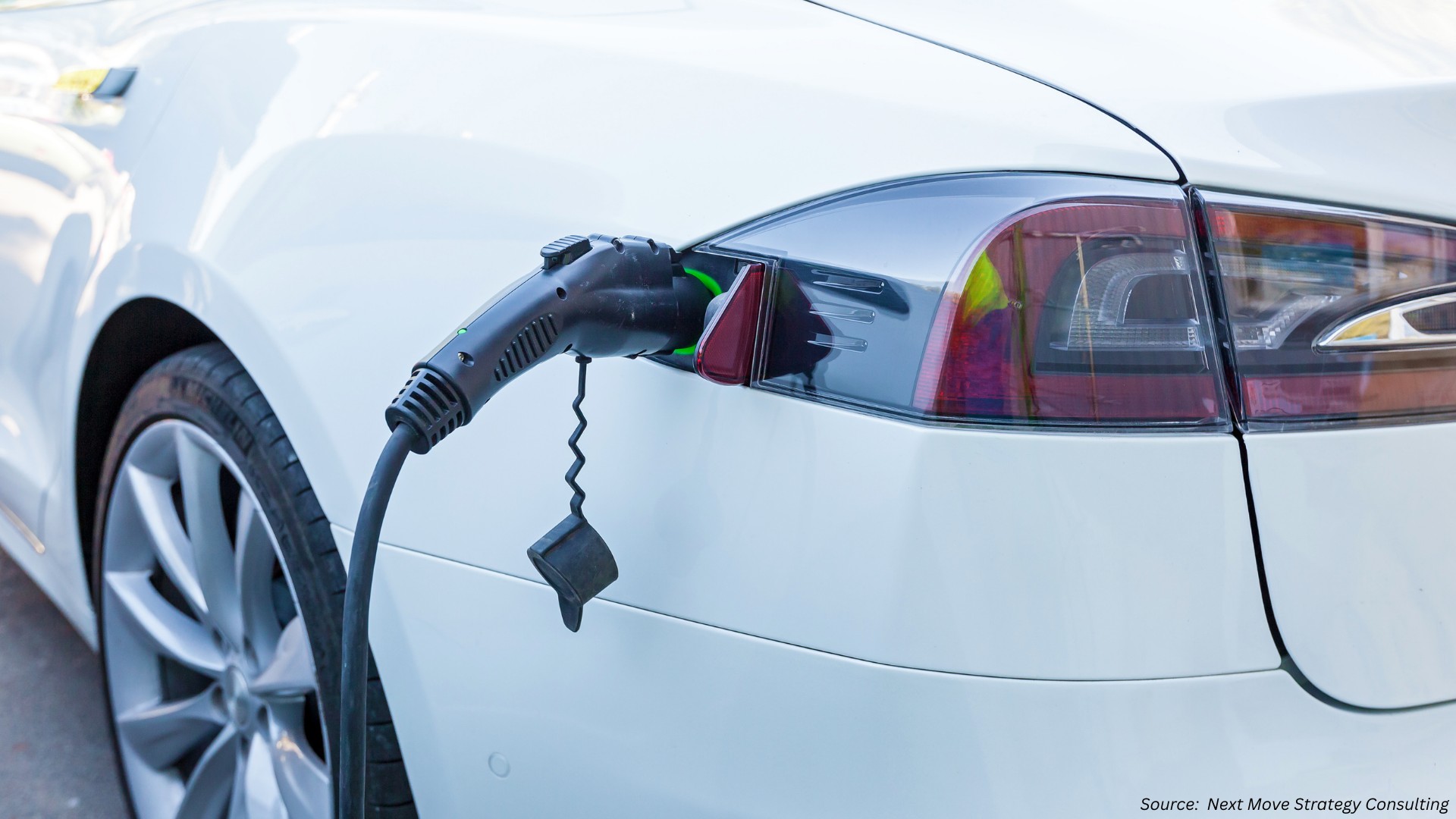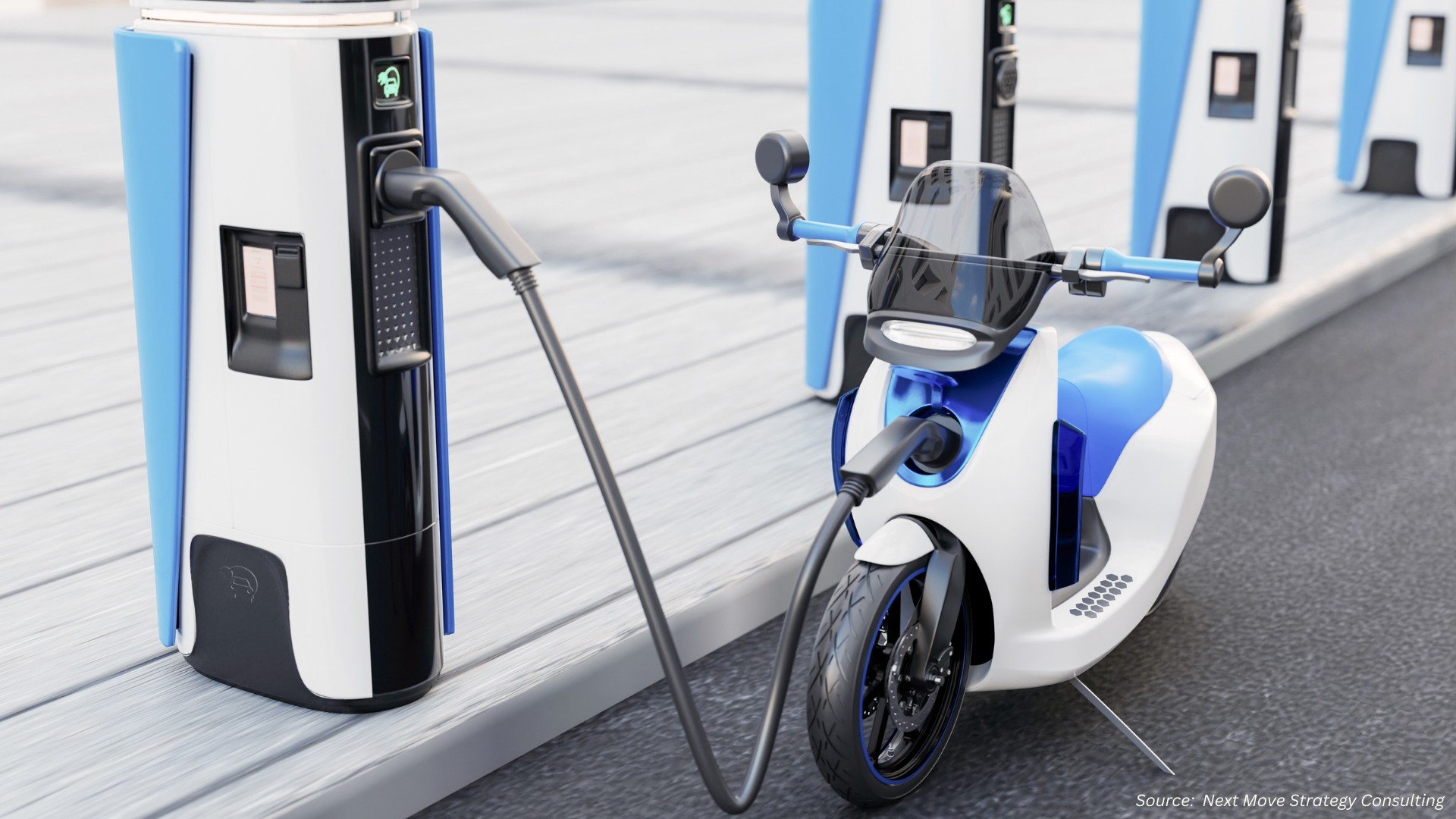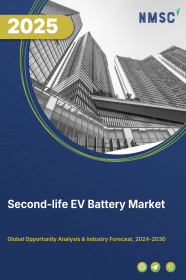
Second-life EV Battery Market by Battery Type (Lead Acid Battery, Nickel Metal Hydride Battery, and Lithium ion Battery) by Battery Source (Two Wheelers, Electric Buses, Electric Cars, and Others), by Application (Residential, On-grid, Off-grid, and Portable and Mobile Power Solutions) and By End User (Residential, Commercial and Industrial)- Global Opportunity Analysis and Industry Forecast 2021-2030
Market Definition
The Second-life EV Battery Market size was valued at USD XX million in 2020 and is predicted to reach USD XX million by 2030 with a CAGR of XX% from 2021-2030.
The recent innovations in the Lithium-ion battery technologies have fueled the growth of the electric vehicles across the globe. These vehicles use rechargeable battery packs for power. On an average, the lifespan of these battery packs is estimated in between 10 to 20 years depending on the usage and the charging cycles. However, after 9 to 12 years of use, battery packs used in electric vehicles typically retain around 60% of its usable energy storage.
Therefore, they can deliver additional 5 to 7 years of performance in other secondary applications such as consumer devices, telecom towers, stationary and mobile energy-storage applications, which requires energy storage. These batteries also include metals and various other materials, which can be reused. Materials such as lithium, nickel, aluminum, cobalt, and others can also be recovered from these used batteries that reaches their end of the life and recycled.
Market Dynamics and Trends
Rise in demand for low cost batteries for stationary energy-storage applications is driving the growth of the second-life EV battery market. For instance, the estimated cost of a second life EV battery ranges from $50-$150. However, the new battery pack with similar capacity would cost around $155 which offers significant cost effectiveness in favor of second-life EV batteries over new batteries. This is expected to boost the market of the second life EV batteries during the forecast period.
However, the logistics of the used batteries to be used for secondary applications is one of the factors that might hinder the growth of the market. Once the battery pack is removed from the EV, is it considered as a hazardous good and should abide by all the restrictions applied on the transportation of hazardous wastes. Therefore, companies around the world are trying to overcome these challenges in order to expand their market shares in near future.
Moreover, there are various advisory groups across the globe which provides advice for the legislature on policies pertaining to the reuse and recycling of used EV batteries such as Lithium-ion Car Battery Recycling Advisory Group which was formed in 2019 in California. Development of such advisory bodies is expected to boost the market in near future.
Market Segmentations and Scope of the Study
The second-life EV battery market is segmented on the basis of battery type, battery source, application and geography. On the basis of battery type, the market is divided into lead acid battery, nickel metal hydride battery, and lithium ion battery. On the basis of battery source, the market is classified into two wheelers, electric buses, electric cars, and others. Based on application, the market is segmented into residential, on-grid, off-grid, and mobile applications. Geographic breakdown and analysis of each of the aforesaid segments includes regions comprising of North America, Europe, Asia-Pacific, and RoW.
Geographical Analysis
Asia-Pacific holds the lion share of second-life EV battery market during the forecast period. This is attributed to factors such as high penetration of the electric vehicles in countries such as China, Japan, and South Korea. This high penetration of electric vehicles is expected to generate more EV batteries, which needs replacement. The same can then be used in secondary applications once discarded from the EVs.
Also, presence of key players such as Fortum, ION Energy Inc., Enel X S.r.l., and others, which are into the business of recycling and reuse of the used EV batteries in Asia-Pacific region which is expected to boost the market in this region.
However, Europe is expected to show a steady rise in the second-life EV battery market due to the increasing adoption of electric vehicles in the automotive industry in this region. Moreover, high demand of zero emission vehicles coupled with stringent emission standards in key European cities, and presence of robust charging infrastructure are expected to drive the second-life EV battery market growth in this region.
Competitive Landscape
The second-life EV battery market is comprising of various market players such as Fortum, Second Life EV Batteries Ltd, Enel X S.r.l., Sparkion Power Algorithms, Celltech Group, Nissan Motor Co., Ltd, BMW Group, Volkswagen, Renault Group, Hyundai Motor Company, Mercedes-Benz Group, Grønvolds Bildemontering AS, Rivian, Moment Energy, B2U Storage Solutions, Inc. and others. These market players are adopting various collaboration strategies and planning expansion of business across various regions to maintain their dominance in the second-life EV battery market.
For instance, in June 17, 2021, Fortum (Company piloting second-life solutions for batteries), has expanded its operations in Finland, by making an investment of 24 million Euro into the recycling plant to expand its battery recycling capacity. Moreover, in February 13, 2020, Groupe Renault and Connected Energy have formed a strategic collaboration on second-life battery energy storage technology which would last for at least three years. This energy storage technology would be used to power Renault Kangoo Z.E. vehicles operating in the France.
Key Benefits
-
The second-life EV battery market report provides the quantitative analysis of the current market and estimations through 2021-2030 that assists in identifying the prevailing market opportunities to capitalize on.
-
The study comprises a deep dive analysis of the second-life EV battery market trend including the current and future trends for depicting the prevalent investment pockets in the market.
-
The information related to key drivers, restraints and opportunities and their impact on the second-life EV battery market is provided in the report.
-
The competitive analysis of the market players along with their market share in the second-life EV battery market
-
The SWOT analysis and Porters Five Forces model is elaborated in the study.
-
Value chain analysis in the market study provides a clear picture of the stakeholders’ roles.
Key Market Segments
By Battery Type
-
Lead Acid Battery
-
Nickel Metal Hydride Battery
-
Lithium ion Battery
By Battery Source
-
Two Wheelers
-
Electric Buses
-
Electric Cars
By Application
-
On-grid Application
-
Renewable Farming
-
Area & Frequency Regulation
-
Regulation
-
Load Levelling Others
-
-
Off-grid Application
-
Microgrid
-
Smart Grid
-
Others
-
-
Portable and Mobile Power Solutions
By End User
-
Residential
-
Commercial
-
Industrial
By Region
-
North America
-
The U.S.
-
Canada
-
Mexico
-
-
Europe
-
The U.K.
-
Germany
-
France
-
Italy
-
Spain
-
Denmark
-
Netherlands
-
Finland
-
Sweden
-
Norway
-
Russia
-
Rest of Europe
-
-
Asia-Pacific
-
China
-
Japan
-
India
-
South Korea
-
Australia
-
Indonesia
-
Singapore
-
Taiwan
-
Thailand
-
Rest of Asia-Pacific
-
-
Rest of the World (RoW)
-
Latin America
-
Middle East
-
Africa
-
Key Players:
-
Fortum
-
Second Life EV Batteries Ltd
-
Enel X S.r.l.
-
Sparkion Power Algorithms
-
Celltech Group
-
Nissan Motor Co., Ltd
-
BMW Group
-
Volkswagen
-
Renault Group
-
Hyundai Motor Company
-
Mercedes-Benz Group
-
Grønvolds Bildemontering AS
-
Rivian
-
Moment Energy
-
B2U Storage Solutions, Inc.
REPORT SCOPE AND SEGMENTATION:
|
Parameters |
Details |
|
Analysis Period |
2020–2030 |
|
Base Year Considered |
2020 |
|
Forecast Period |
2021–2030 |
|
Market Size Estimation |
Million (USD) |
|
Market Segmentation |
By Battery Type (Lead Acid Battery, Nickel Metal Hydride Battery, and Lithium ion Battery) by Battery Source (Two Wheelers, Electric Buses, Electric Cars) and by Application (On-grid, Off-grid, and Portable And Mobile Power Solutions) |
|
Geographical Segmentation |
North America (U.S., Canada, Mexico) Europe (The U.K., Germany, France, Italy, Spain, Denmark, Netherlands, Finland, Sweden, Norway, Russia, Rest of Europe), Asia-Pacific (Australia, China, India, Japan, South Korea, Indonesia, Singapore, Taiwan, Thailand, Rest Of Asia-Pacific), Rest of the World (Latin America, Middle East, Africa) |
|
Companies Profiled |
Fortum, Second Life EV Batteries Ltd, Enel X S.r.l., Sparkion Power Algorithms, Celltech Group, Nissan Motor Co., Ltd, BMW Group, Volkswagen, Renault Group, Hyundai Motor Company, Mercedes-Benz Group, Grønvolds Bildemontering AS, Rivian, Moment Energy, B2U Storage Solutions, Inc. |




















 Speak to Our Analyst
Speak to Our Analyst



